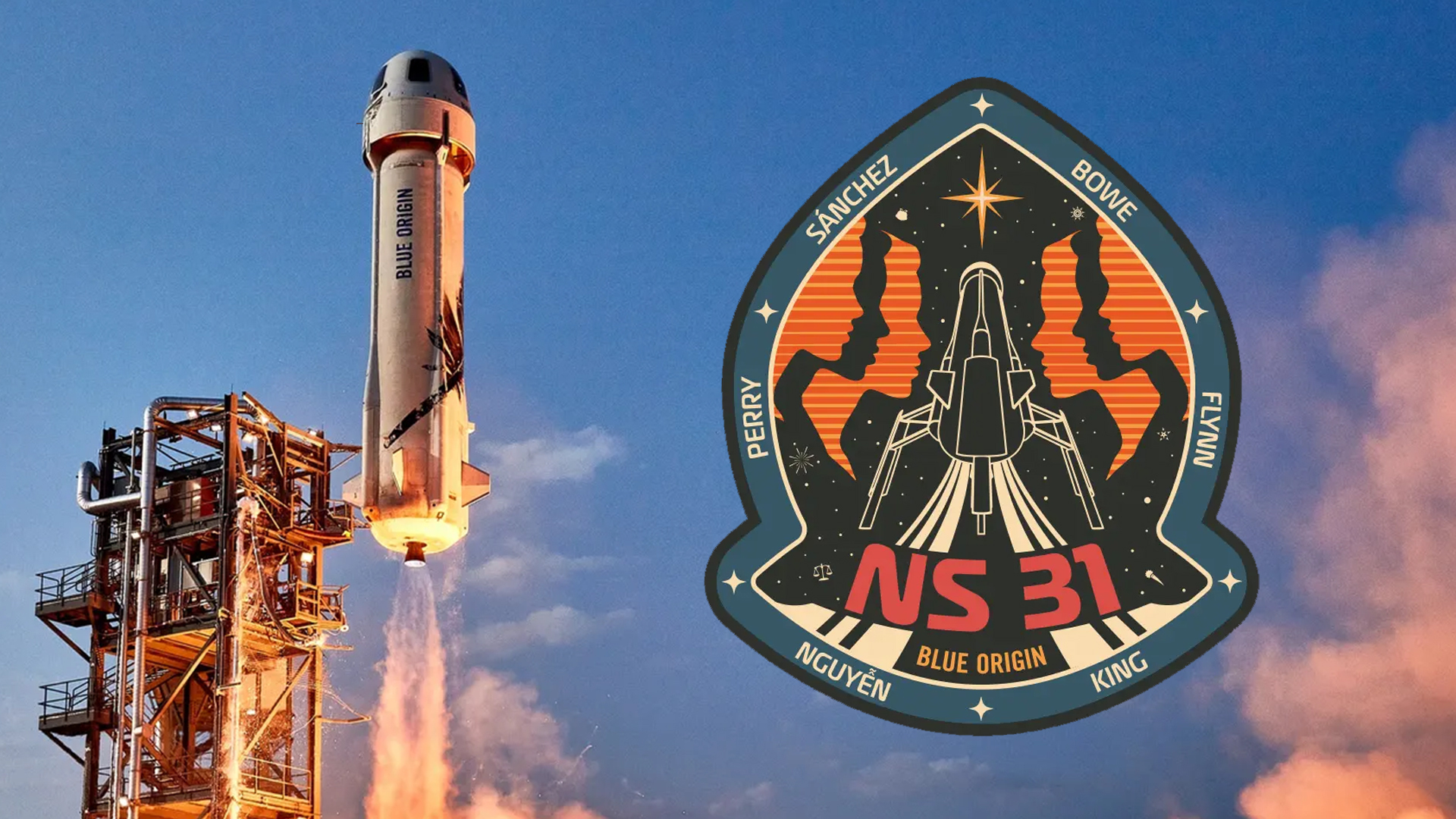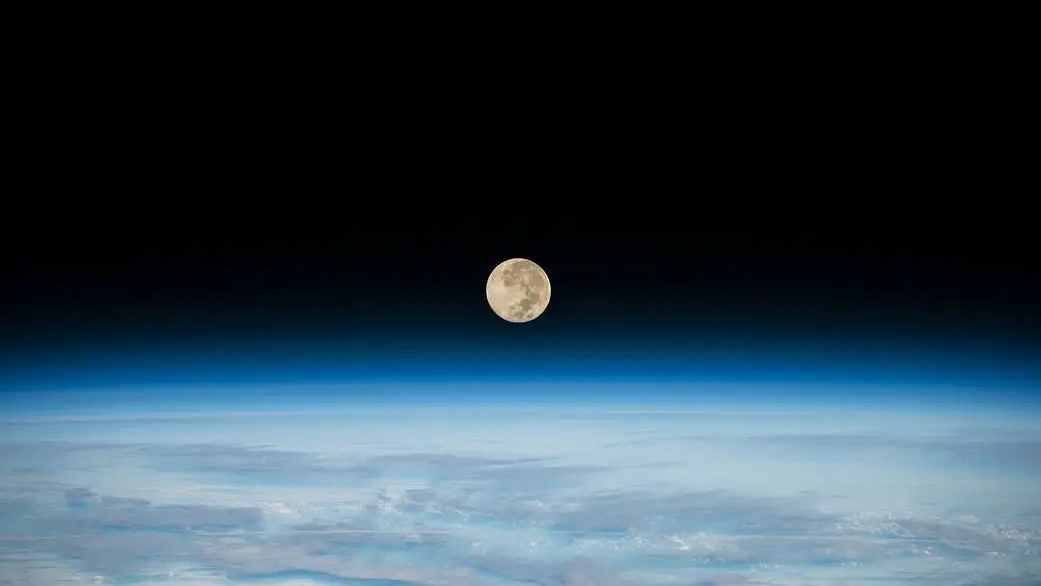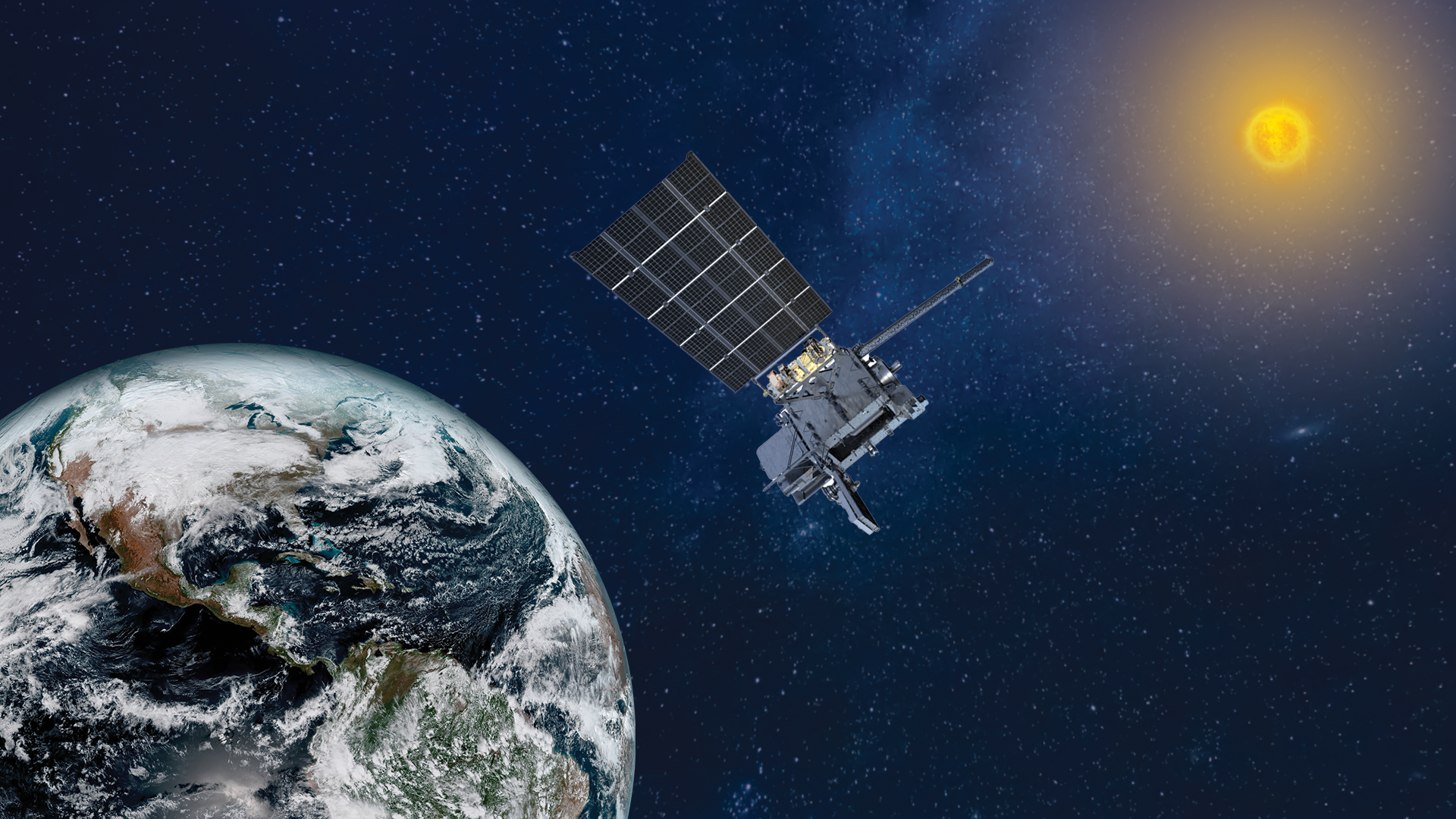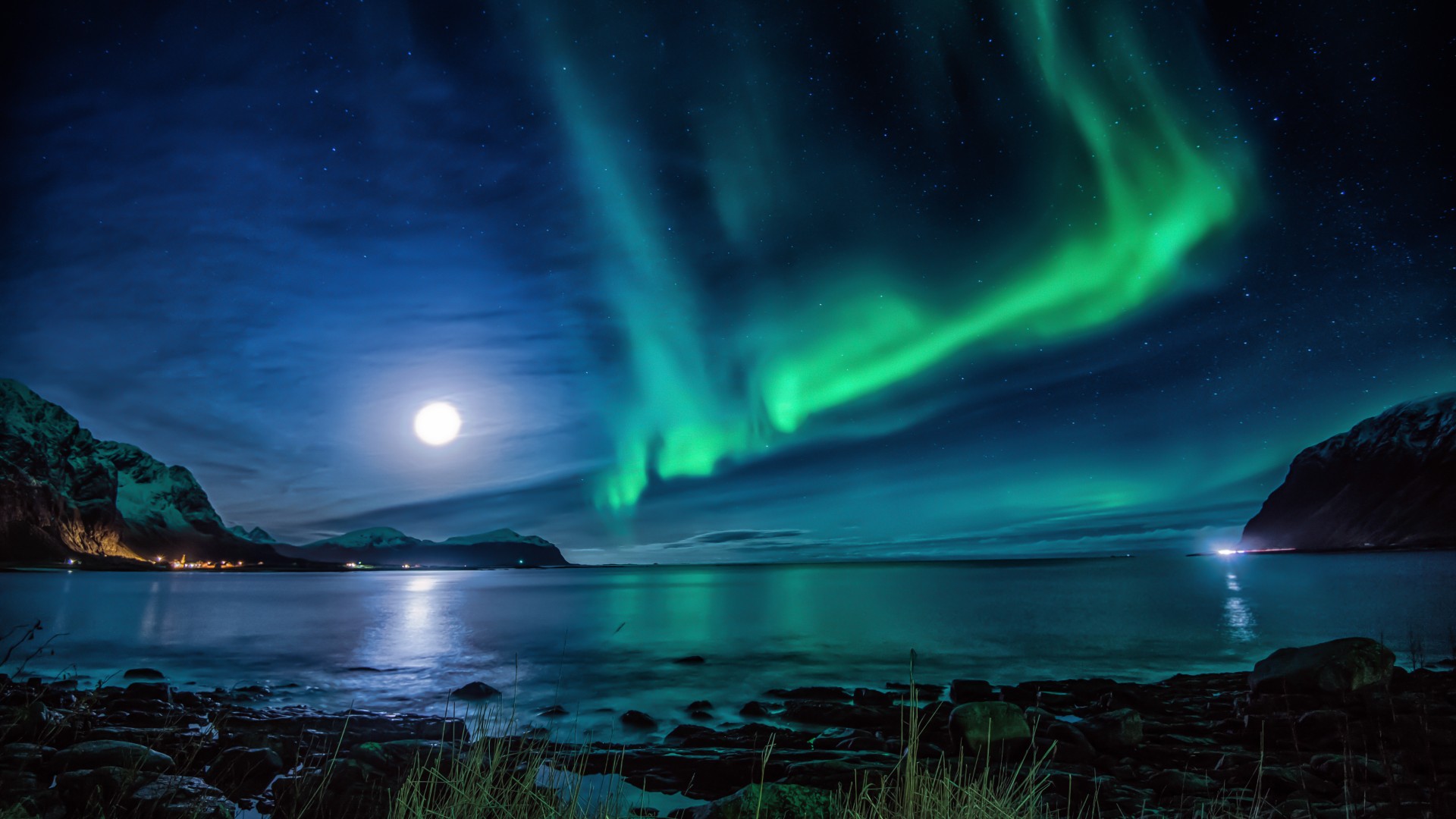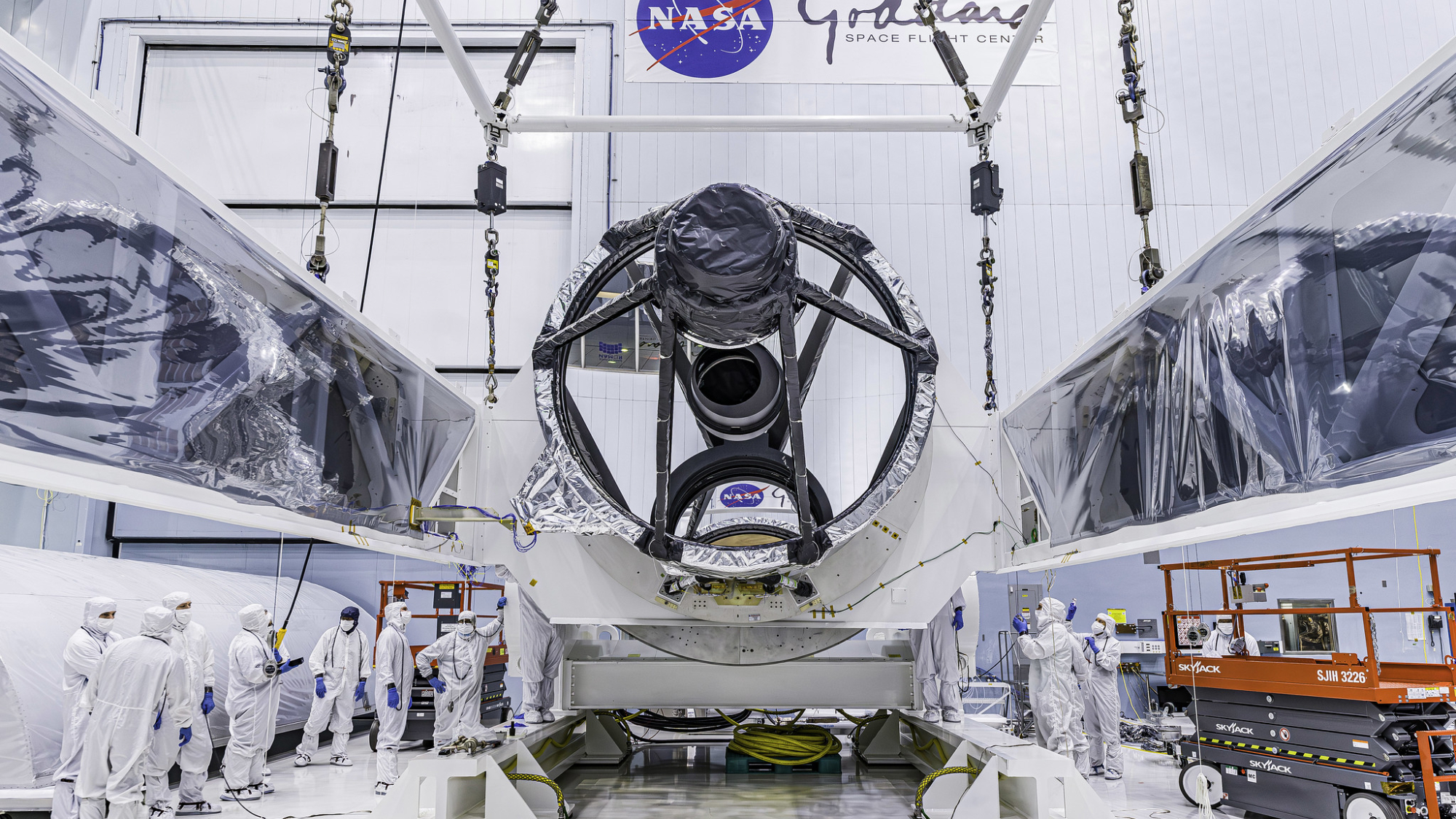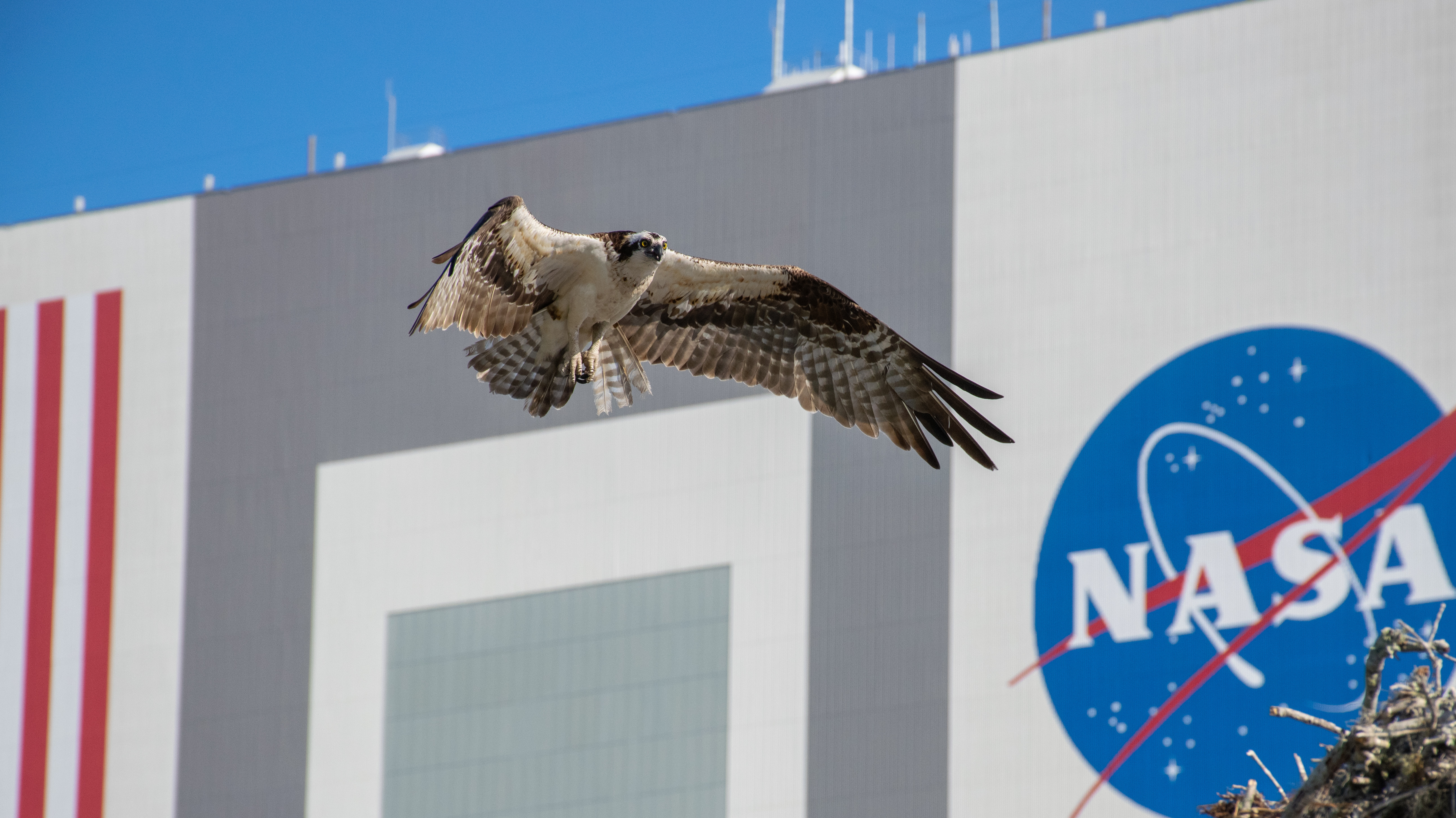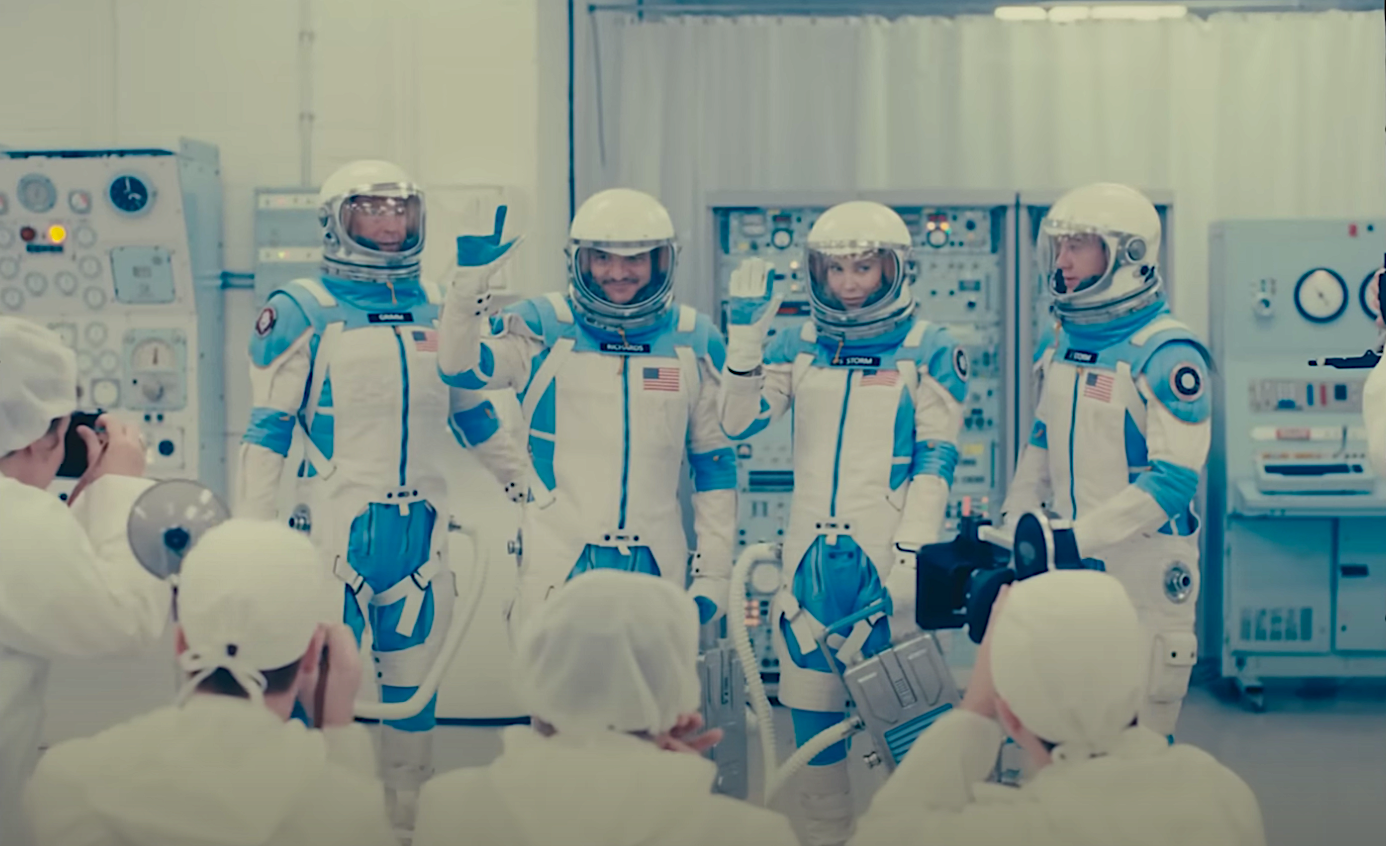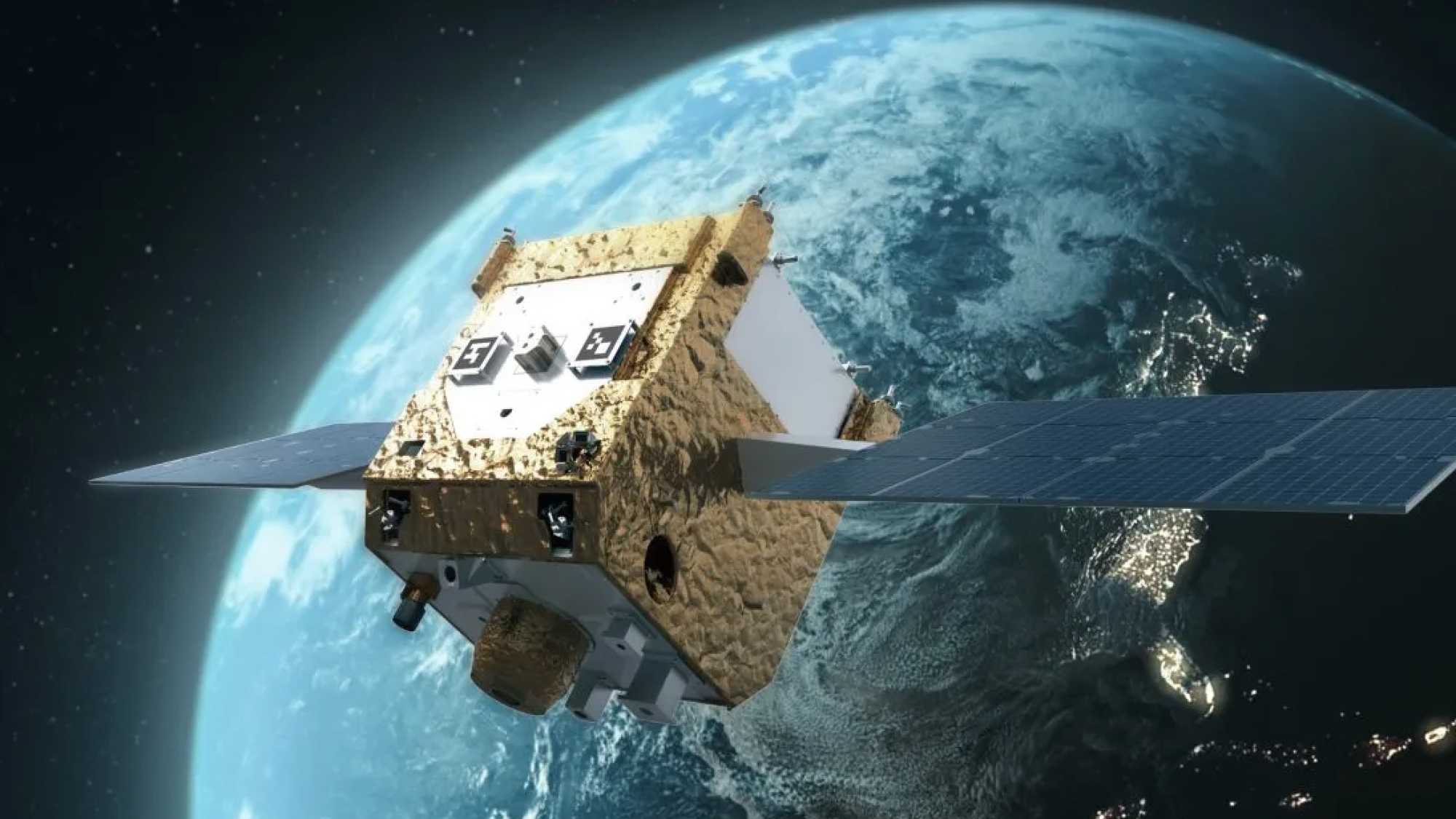'Iridescent' clouds on Mars captured in Martian twilight in stunning NASA rover images (video)
"I'll always remember the first time I saw those iridescent clouds and was sure at first it was some color artifact."
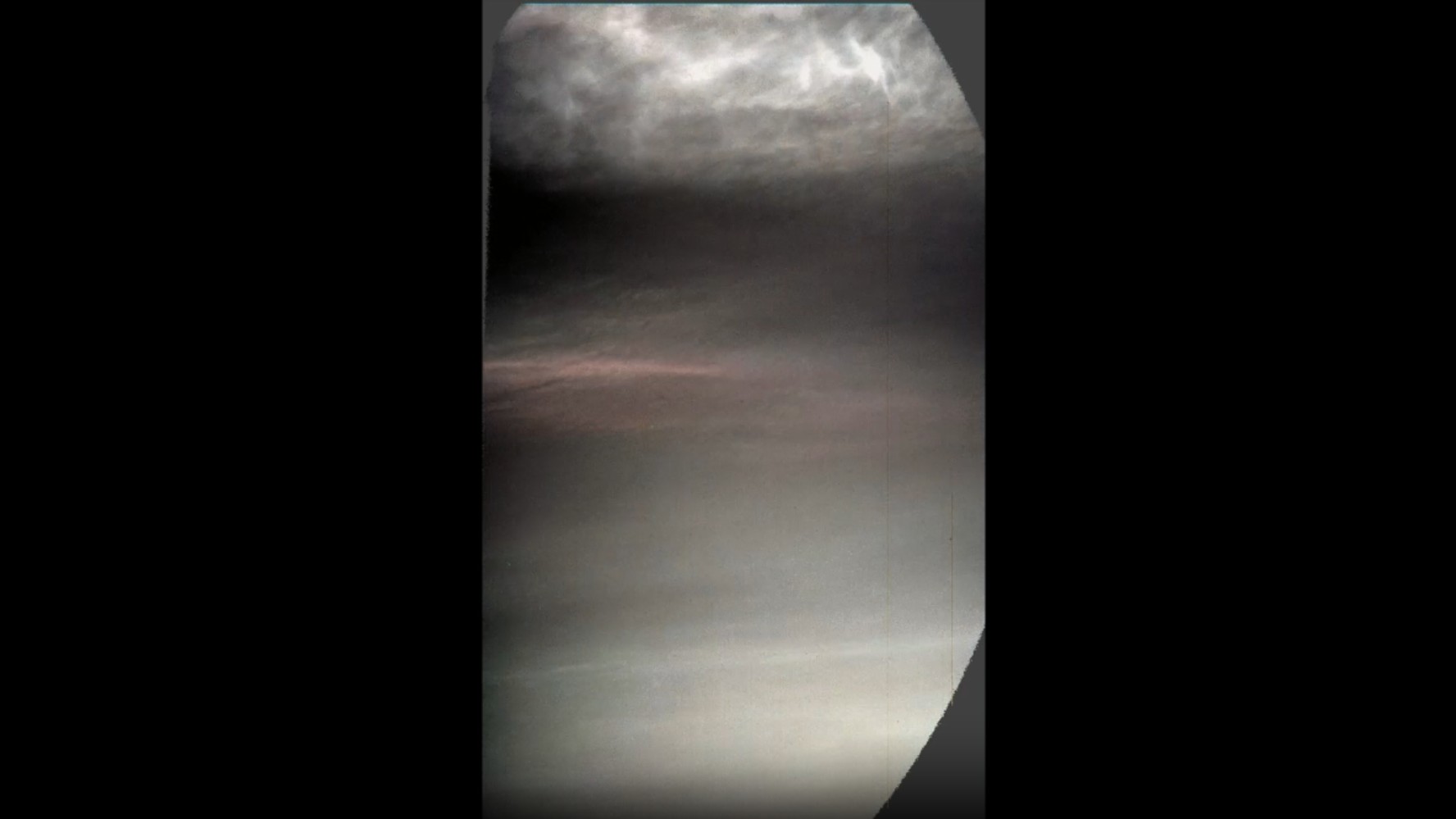
What do clouds on Mars look like? Well, a new video stitched together from images captured by NASA's Curiosity rover offers a glimpse. In this video, delicate red-and-green-tinted clouds are seen drifting through the Martian sky in striking patterns that look similar to the ones Earth clouds make. Studying how and where on Mars these clouds form can help scientists better understand their impact on the planet's climate.
The images, which were captured on Jan. 17 by one of two cameras onboard Curiosity, feature "noctilucent" or twilight clouds — clouds captured wafting so high up in the Mars sky that they are illuminated by sunlight even when it is night on the planet's surface. The snapshots were collected over 16 minutes and sped up about 480 times to result in the video above, according to a statement by NASA's Jet Propulsion Laboratory, which built Curiosity and leads the mission.
These twilight clouds, which are made of carbon dioxide ice — otherwise known as dry ice — can be seen at the top of the new images. They were floating about 37 to 50 miles (60 to 80 kilometers) above the surface, where it is cooler than at the surface and causes carbon dioxide in Mars' atmosphere to condense into clouds. Some of the ice crystals can be seen raining down on the surface as thick, white plumes before disappearing about 31 miles (50 kilometers) high, where they evaporate due to rising temperatures.
This marks the fourth Mars year Curiosity has witnessed the occurrence of these clouds, which typically appear during early fall in the planet's southern hemisphere, according to the JPL statement. They were first spotted back in 1997 by NASA's Pathfinder mission from just north of Mars' equator.
"I'll always remember the first time I saw those iridescent clouds and was sure at first it was some color artifact," Mark Lemmon, an atmospheric scientist at the Space Science Institute in Colorado, who led a paper summarizing Curiosity's first two seasons of twilight cloud observations, said in the statement. "Now it's become so predictable that we can plan our shots in advance; the clouds show up at exactly the same time of year."
Last September, scientists unveiled the most extensive map of clouds on Mars ever created, put together from two decades of images captured by the European Space Agency's (ESA) Mars Express orbiter. The map cataloged a remarkable variety of cloud patterns occurring on Mars, including some unlike anything seen on Earth.
"Clouds on Mars are just as diverse and fascinating as those we see in our skies on Earth," Daniela Tirsch, a planetary geologist at the German Aerospace Center, who was involved with the catalog, said at the time.
Get the Space.com Newsletter
Breaking space news, the latest updates on rocket launches, skywatching events and more!
Yet, why the twilight clouds haven't been observed elsewhere on Mars remains a puzzle for Lemmon and other scientists. For example, the Perseverance rover has not detected any twilight clouds since landing in Jezero Crater in 2021, which lies in the northern hemisphere, farther north than Pathfinder's location. Curiosity, too, didn't see them until 2019, nearly seven years after it landed in the Gale Crater just south of Mars' equator.
"Carbon dioxide was not expected to be condensing into ice here, so something is cooling it to the point that it could happen," Lemmon said in the statement.
It's possible that certain regions are more prone to forming them, he says, such as areas where ripples in the atmosphere known as gravity waves cool the atmosphere enough to freeze carbon dioxide molecules and sculpt the resulting clouds.
"But," Lemmon added, "Martian gravity waves are not fully understood and we're not entirely sure what is causing twilight clouds to form in one place but not another."
Join our Space Forums to keep talking space on the latest missions, night sky and more! And if you have a news tip, correction or comment, let us know at: community@space.com.

Sharmila Kuthunur is a Seattle-based science journalist focusing on astronomy and space exploration. Her work has also appeared in Scientific American, Astronomy and Live Science, among other publications. She has earned a master's degree in journalism from Northeastern University in Boston. Follow her on BlueSky @skuthunur.bsky.social

